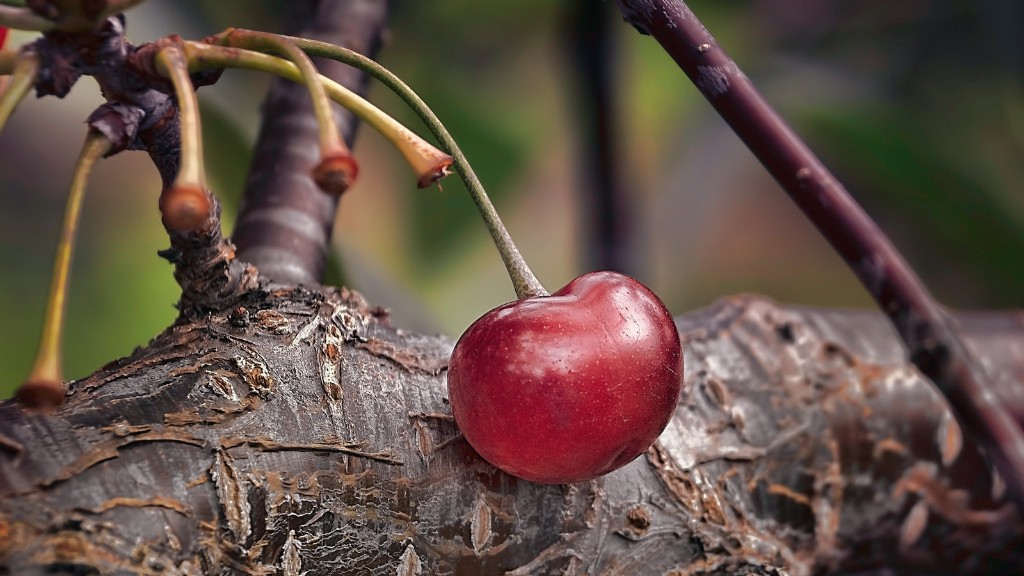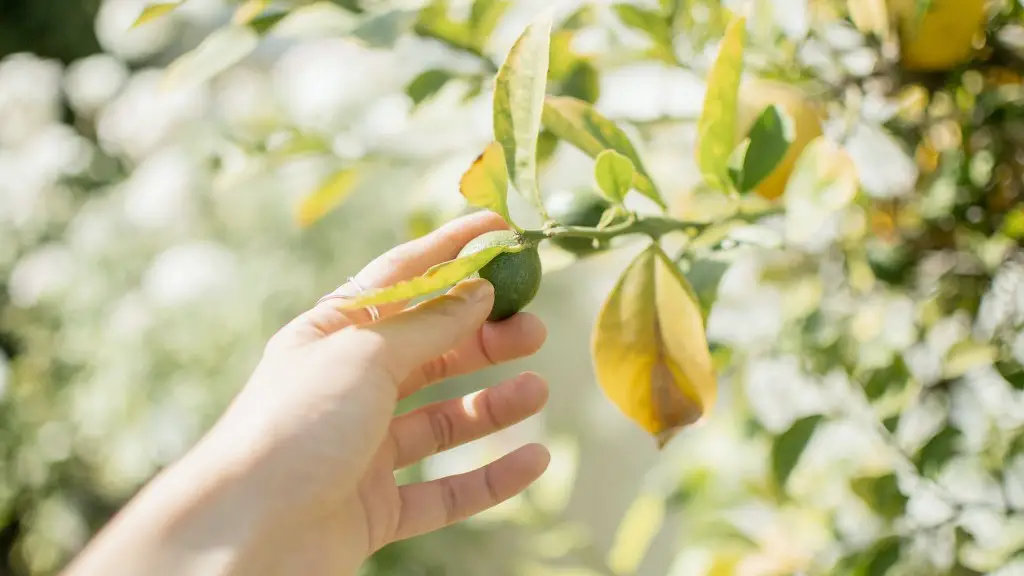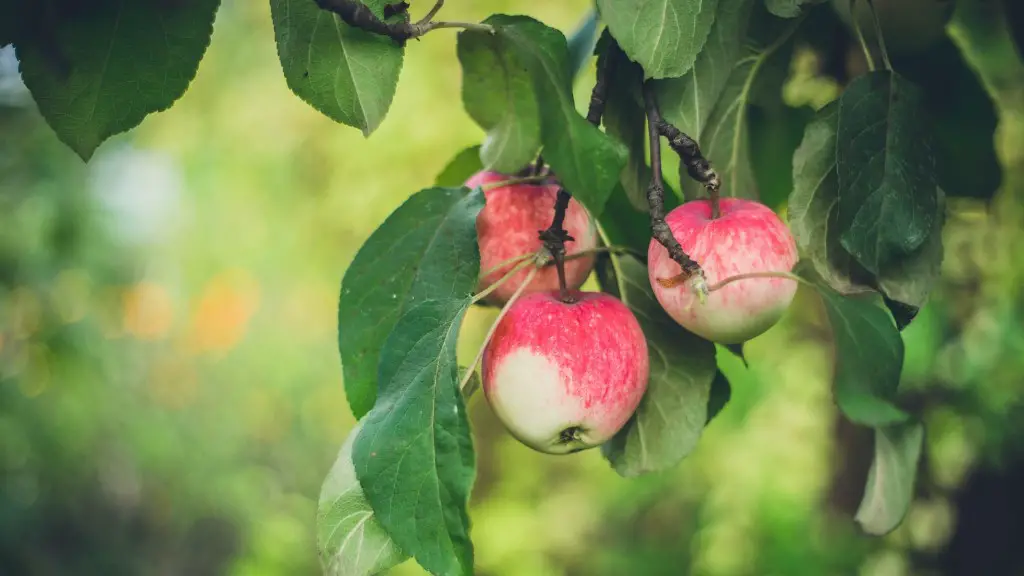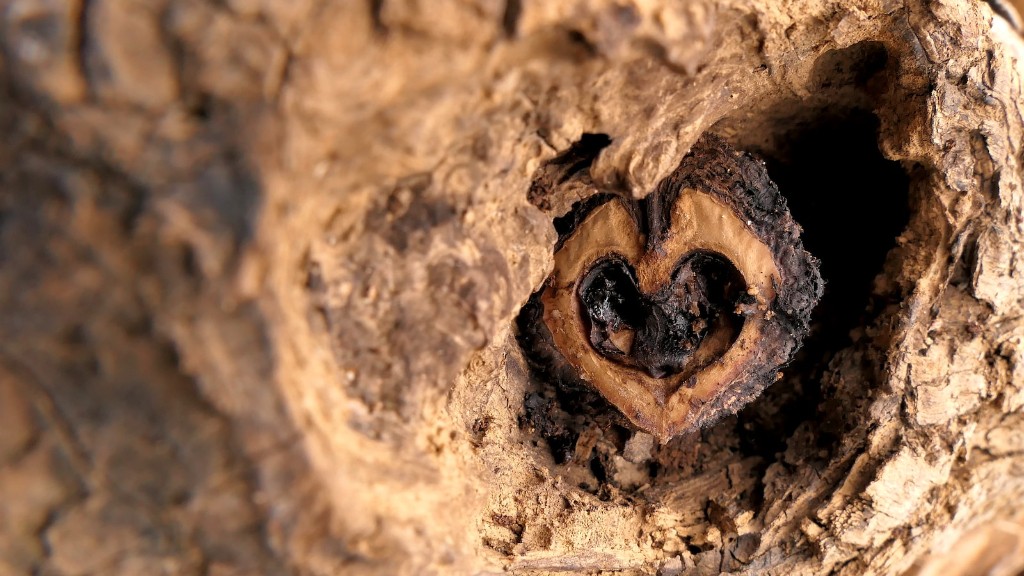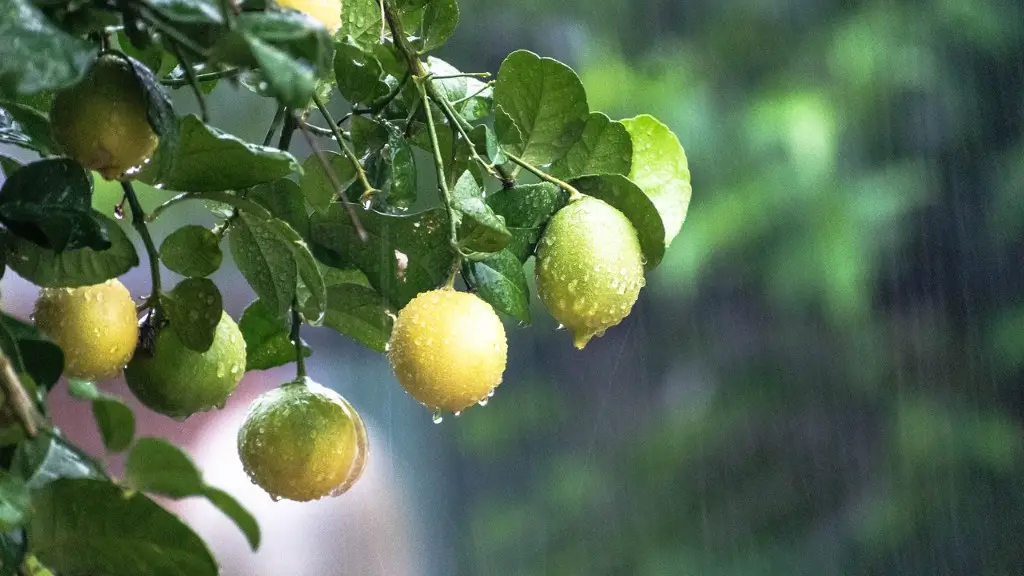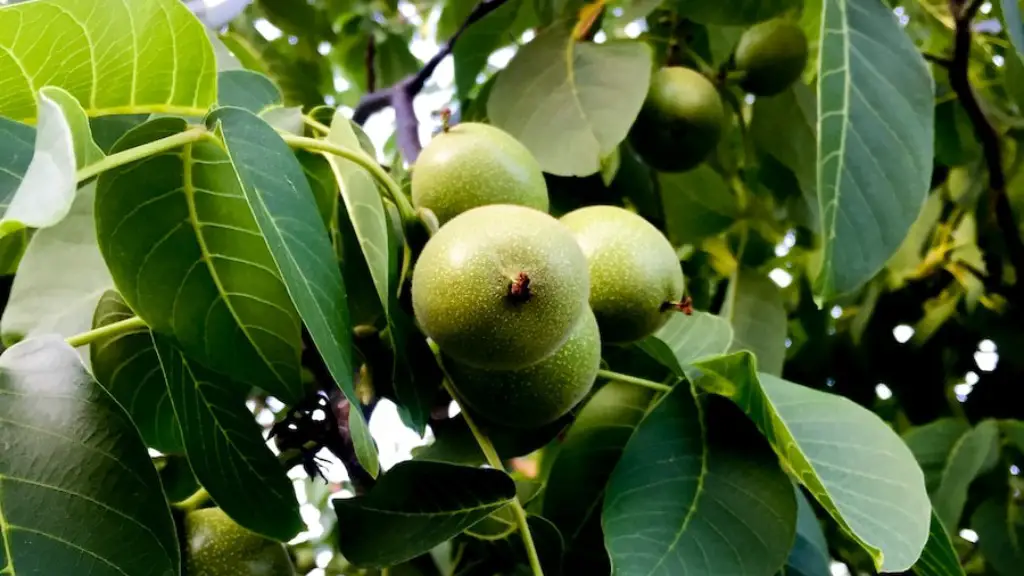When it comes to taking care of a cherry blossom tree, it is important to understand the specific needs of the species. Commonly known as sakura, the cherry blossom tree is a worldwide phenomenon, celebrated across many countries and cultures. Although there are more than 400 species of cherry trees, the most common type is a variety of prunus along with ornamental varieties. Understanding the essential considerations when caring for a cherry blossom tree is key to growing a healthy and beautiful tree year-round.
The essential elements of caring for a cherry blossom tree include planting the right tree in the right location, providing proper nutrients and environment, as well as regular maintenance. Location is one of the most important factors in cherry blossom tree care as a sunny, well-drained area is ideal for their growth. Additional considerations include amending the soil with a fertilizer before planting and mulching the base to preserve moisture and reduce weed growth.
When planting a cherry blossom tree, it is best to ensure that it is planted in the appropriate season, which is usually in the late fall and early winter. Doing so prevents the shock that comes with transplanting in summer, when the tree is more susceptible to heat and drought. Additionally, it helps the tree establish its root system, which would not be possible if the tree is planted in spring or the warm summer months.
In order for a cherry blossom tree to reach its full potential, it must also be given the right nutrients. Fertilizer is essential for its growth and should be applied in late winter or early spring. In addition, adequate soil moisture is vital for the tree’s health, as cherry blossoms need regular watering in order to survive. Higher temperatures call for more watering, so it is best to check the tree’s soil periodically during the summer months.
Cherry blossom trees should also be pruned regularly in order to encourage healthy growth. Pruning should begin when the tree is young and observed annually thereafter. To ensure proper pruning and promote healthy growth, experts recommend using special pruning scissors, which remain sharp and help to cleanly snip off any excess branches. Additionally, broken or diseased branches should also be removed during pruning.
Finally, there are specific diseases that can affect the health of a cherry blossom tree, the most common of which is black knot disease. This fungus causes dark growths to form on the tree which should be pruned off and disposed of as soon as they appear. Additionally, the use of fungicides can also help mitigate the impact of this fungus.
Fungicides for Protection
Fungicides are an effective tool for providing protection for a cherry blossom tree, however, it is important to shop around and select the right one for the job. Certain fungicides are labelled for the specific purpose of preventing black knot, so the active ingredients should be carefully reviewed before making a purchase. Experts recommend consulting a nursery or tree specialist in order to ensure the most effective fungicide is used, as different kinds are available depending on the climate and tree species.
In addition, fungicides need to be applied as soon as the symptoms of black knot appear in order to be effective. Furthermore, applying fungicides during the growing season helps to promote healthy foliage and stop further spread of the disease. Depending on the severity of the disease, experts recommend repeating the application of fungicides every seven to ten days over the course of the growing season.
Cherry Blossom Pruning Strategies
Pruning is an essential part of cherry blossom tree care and should be done regularly throughout the growing season. Different pruning techniques can be used depending on the goals of the gardener, such as shaping, formal thinning and rejuvenation pruning. Shaping pruning involves removing overgrown and weak branches, as well as allowing more sunlight to reach and nourish the tree. Formal thinning pruning, on the other hand, is done to create a balanced canopy, allowing a greater amount of air to pass through the tree.
In addition, rejuvenation pruning is often used when a cherry blossom tree is no longer producing the desired amount of flowers. This type of pruning involves cutting a large portion of the tree in order to stimulate new growth. Rejuvenation pruning is a drastic measure that should only be used if all other remedies have failed or if a tree has significantly deteriorated.
Pruning Equipment
Using the right tools for pruning is essential for ensuring a clean, healthy result. It is best to invest in high quality cutting tools that remain sharp over extended periods of time. Other gardeners may opt for electric cutting tools like saws and shears, which can be easily found at nurseries and garden stores. Aside from cutting tools, safety items such as protective goggles and gloves are also important, as using these will keep gardeners safe when pruning.
Properly caring for a cherry blossom tree will ensure it lasts for generations to come and bring joy to many. Since this is a relatively easy tree to care for, it has become a popular backyard tree. Taking the time to understand the basic requirements of the species will keep a cherry blossom tree healthy and flourishing.
Leaves and Buds
A healthy cherry blossom tree should have abundant foliage and buds with strong petals as it approaches the blooming season. Noticing discolored leaves or drooping buds are signs of distress. A damaged or neglected cherry blossom tree may not bloom during the season or the blooms could be fewer in comparison to a healthy tree. should be done immediately in order to address the issue and help the tree reach its full potential.
Sometimes, soil remedies such as fertilizers or mulch can be used to help the tree more effectively absorb nutrients. If the leaf discoloration is more a result of a pest or disease, then chemical treatments may be required. When used in combination with the proper pruning techniques, chemical treatments can be quite effective for restoring the health of a cherry blossom tree.
Leaf Curl
Leaf curl is a common issue which can appear in both unhealthy and healthy cherry blossom trees. It is very important to identify the cause of the issue in order to properly address it. Of the most frequent causes of leaf curl in cherry blossoms, the two most common are stress from excessive heat or too much watering. When the soil is excessively dry for long periods of time, the tree may suffer the effects of moisture stress, resulting in leaf curl.
This can become an even more serious problem if the tree is exposed to hot summer temperatures without proper water and shade. To address this issue, the tree should be watered regularly and provided with adequate shade. If this is not possible, then more frequent applications of a water-based fertilizer should be used to help keep the soil moist.
Pest Management
Cherry blossom trees are susceptible to a number of pests, most of which can be managed through a variety of methods. Aphids are the most common pest in cherry blossom trees and can cause significant damage to the leaves and buds. To address this issue, an insecticidal soap or horticultural oil can be used to eradicate the pest. Additionally, introducing ladybugs or praying mantis to the area can also help ward off the aphids.
Trees can also be affected by disease-causing fungi, particularly in humid and wet climates. The most common fungus affecting cherry blossoms is powdery mildew, which is a major problem as it feeds on the leaves of the tree. To help prevent the spread of the fungus, it is best to provide adequate space between the tree and any nearby structures or trees. Chemical treatments may be necessary in order to effectively treat the fungus.
Careful Observation
The key to caring for a cherry blossom tree is careful observation and providing the right environment. Taking the time to watch the tree and recognize signs of distress will help to ensure the tree remains healthy and vigorous. Additionally, keeping up with regular maintenance and attending to any issues immediately will help prevent any potential damage.
It is also important to create an environment that encourages a healthy and diverse eco-system. Planting companion plants like orchids, azaleas, and ferns can help improve the soil, air quality, and the overall health of the cherry blossom tree. Taking the extra steps to provide a balanced and healthy environment for the tree will ensure that it will continue to bring joy for many years.
